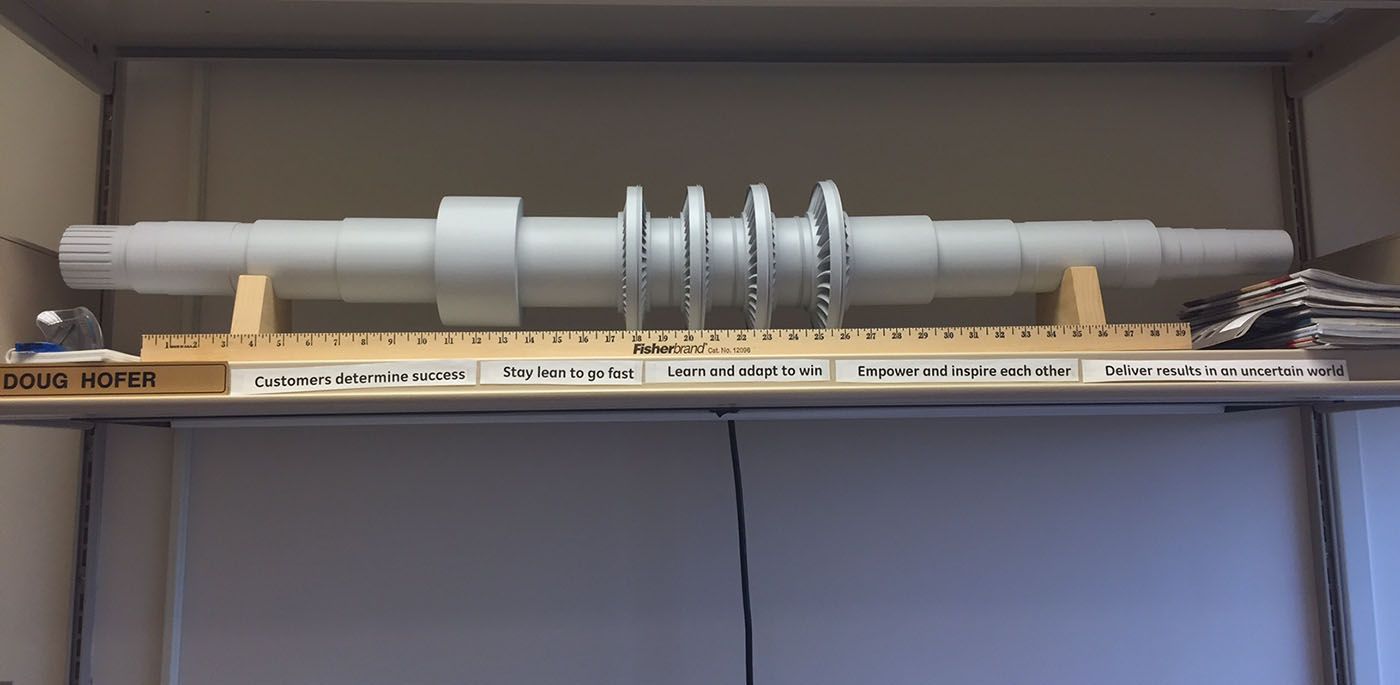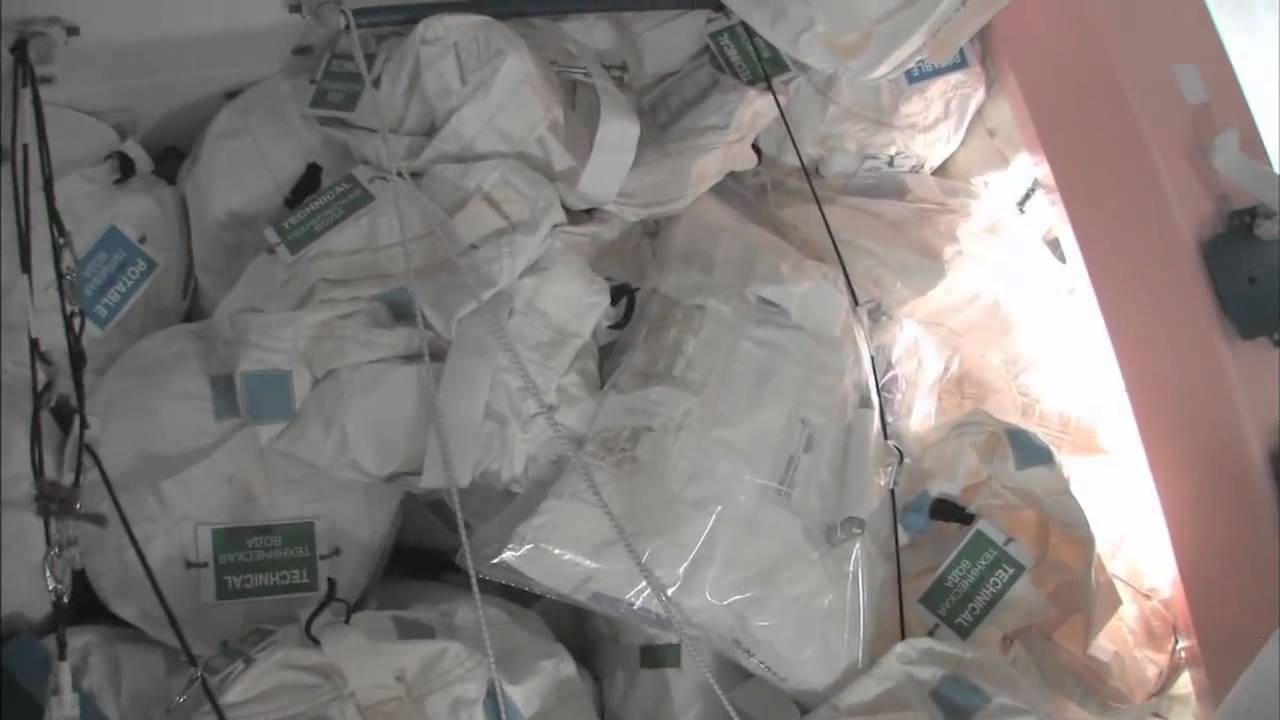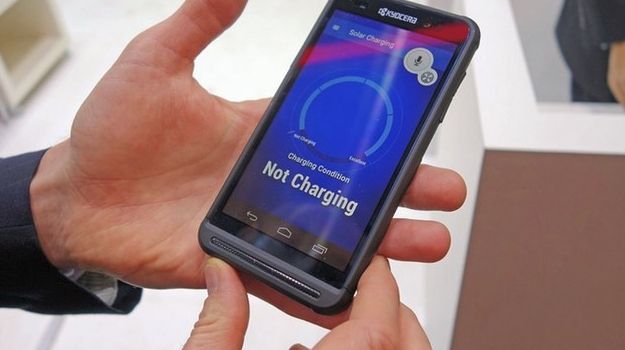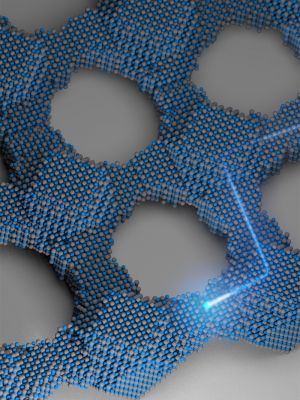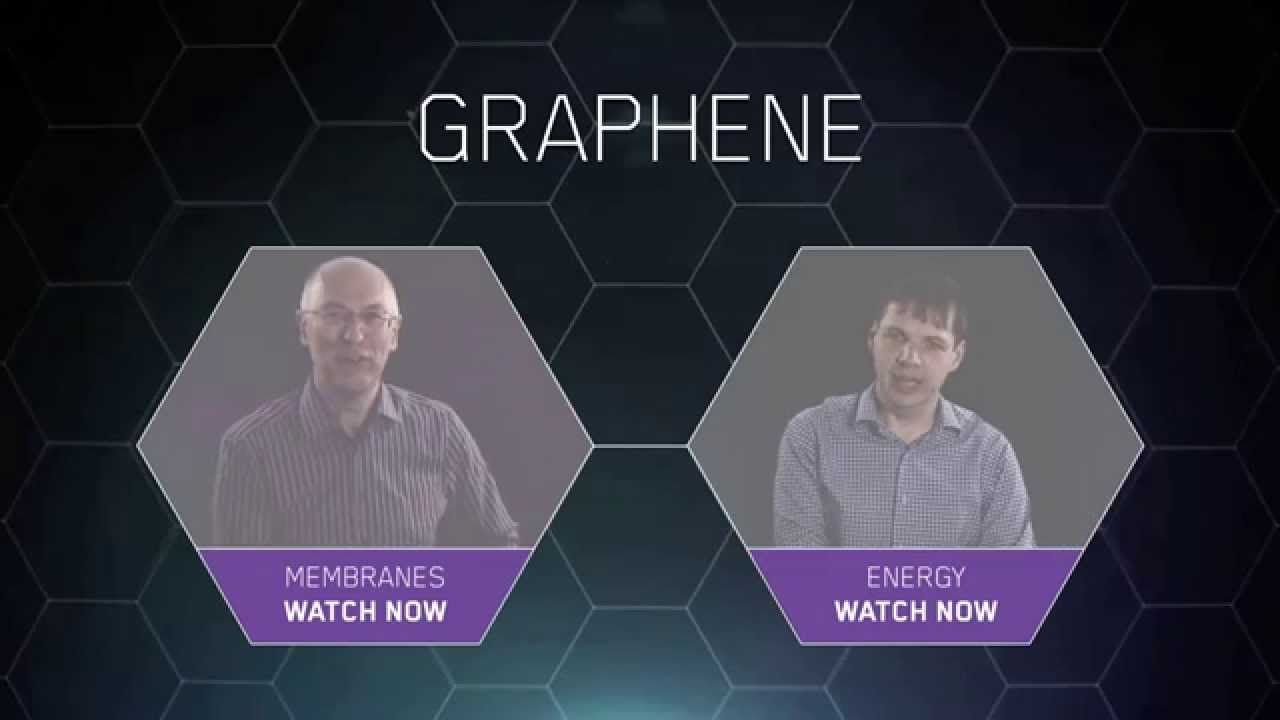The Roll-Array is easily towable by a standard 4×4 vehicle such as a Land Rover. When connected to the back of the car, the flexible solar panels are pulled out of a spool and create ground cover in a matter of minutes. On their website, Renovagen claims the panels will be able generate up to 100kWp – 10 times more power than other transportable solar panels on the market today.
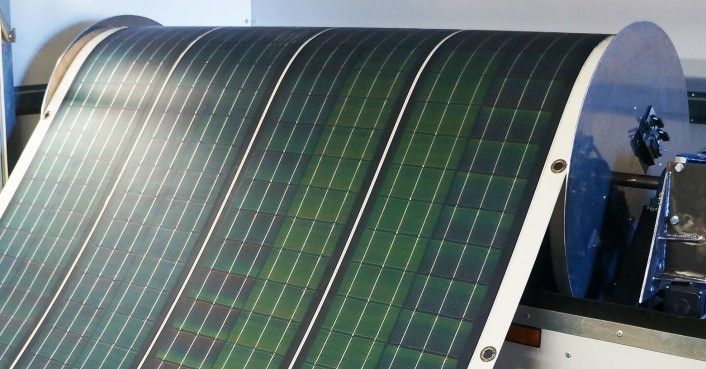
Not only is this new technology installed quickly, but the fuel cost savings during transportation is noteworthy. The tightly wound solar spools can be carried by the 4×4 vehicle attached to a small air pallet trailer in tow, which eliminates the need for large diesel generators.

